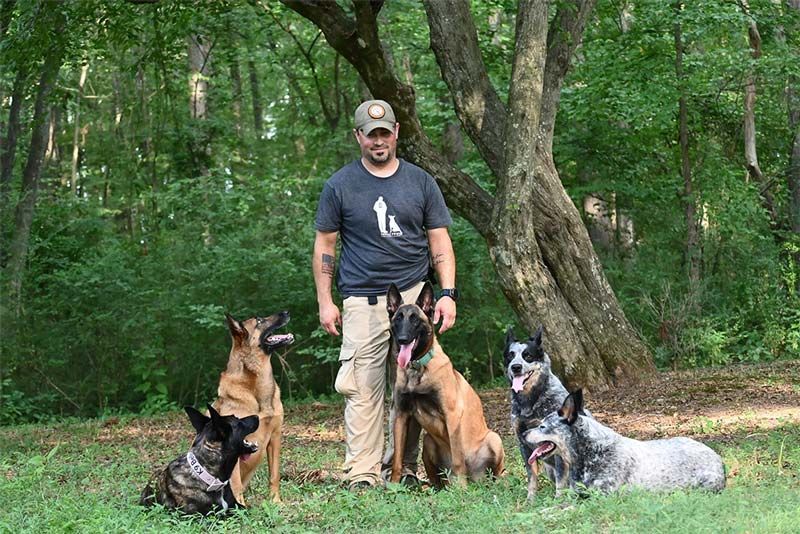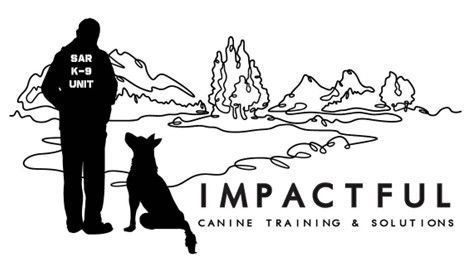From Pavlov to Pups: Using Classical Conditioning in Dog Training
Impactful Canine Training received an average rating of 5.0 out of 5 Stars over from Google Reviews. 5.0 ★★★★★ Read Google Reviews.
When it comes to effective dog training, understanding the basics of classical conditioning can be a game-changer. This tried-and-true psychological principle is a cornerstone of dog behavior training and can help you nurture positive habits while addressing unwanted behaviors. Whether you’re a new dog owner or an experienced trainer, grasping classical conditioning is essential for building a well-behaved, happy canine companion.
What Is Classical Conditioning?
Classical conditioning, also known as Pavlovian conditioning , is a learning process in which a dog associates a neutral stimulus with a meaningful one. This concept was discovered by the famous Russian physiologist Ivan Pavlov, who noticed that dogs began salivating not just at the sight of food, but also at the sound of a bell he consistently rang before feeding them.
In the context of dog training, classical conditioning helps your dog connect specific cues or events with outcomes, shaping their behavior over time.
How Classical Conditioning Works
The process of classical conditioning involves these key components:
-
Unconditioned Stimulus (US) : A naturally occurring event that elicits an automatic response, like food causing salivation.
-
Unconditioned Response (UR) : The dog's automatic reaction to the unconditioned stimulus, such as salivating.
-
Neutral Stimulus (NS) : A stimulus that initially has no meaning to the dog, like a clicker or a bell.
-
Conditioned Stimulus (CS) : When the neutral stimulus is paired repeatedly with the unconditioned stimulus, it becomes meaningful.
-
Conditioned Response (CR) : The learned response to the conditioned stimulus, like salivating at the sound of a bell.
Example in action:
-
Before conditioning: A leash (neutral stimulus) means nothing to your dog.
-
During conditioning : The leash is paired with walks (unconditioned stimulus) , which excite your dog (unconditioned response).
-
After conditioning : The sight of the leash (conditioned stimulus) now excites your dog (conditioned response).
Practical Applications of Classical Conditioning in Dog Training
1. Creating Positive Associations
One of the most common uses of classical conditioning is to build positive associations. For example:
-
New environments : Pair new places with treats to help your dog feel safe and relaxed.
-
Meeting new people : Offer praise or treats when your dog interacts politely with strangers.
2. Addressing Fear and Anxiety
Classical conditioning is powerful for reducing fear and anxiety in dogs.
-
If your dog is afraid of thunderstorms, you can play calming music and give high-value treats during storms to create a positive association.
-
Gradually exposing your dog to the trigger while pairing it with positive reinforcement can help desensitize them.
3. Teaching Basic Commands
Commands like “sit” or “stay” often involve classical conditioning. When a dog hears a command (neutral stimulus) and then receives a treat (unconditioned stimulus), they associate the command with the positive outcome (conditioned response).
Mistakes to Avoid in Classical Conditioning
1. Inconsistent Pairings
Pair the stimuli consistently. If your dog sometimes gets a treat when responding to a cue but not other times, the association may weaken.
2. Poor Timing
Deliver rewards immediately after the desired behavior. Delayed reinforcement can confuse your dog and break the association.
3. Unintentional Conditioning
Be mindful of what you’re pairing. For instance, if you comfort a dog when they’re scared of fireworks, you might accidentally reinforce their fear instead of calming them.
How to Start Using Classical Conditioning Today
-
Identify your training goals : Do you want to reinforce good behaviors, create positive associations, or reduce anxiety?
-
Choose a high-value reward : Find treats or toys your dog loves.
-
Be consistent : Use the same cues and rewards to solidify associations.
-
Keep training sessions short : Dogs learn best in short, focused bursts.
Final Thoughts
Classical conditioning is a simple yet effective tool to improve your dog's behavior and strengthen your bond. By harnessing this method, you can create a training foundation that fosters trust, confidence, and a happier life for your four-legged friend.
For more tips on dog training, behavioral techniques, and strengthening your connection with your pup, explore more of our blogs here.
Founder/Business Owner
Rick Markum
Rick Markum is a passionate dog trainer who blends professional working-dog experience and Search and Rescue handling to create balanced, effective training for dogs of all ages.
Search an article
Looking for something specific?
Recent Post
Let’s Train Together
Ready to Start Training?
Book a consultation and take the first step toward a calmer, happier dog.
Call us now:
SHARE THIS POST:

Rick Markum
Founder/Business Owner
Rick Markum is a dedicated dog trainer who combines his professional experience with working dogs and Search and Rescue handling to deliver balanced, effective training for dogs of every age.


